Luxury tourism in Africa often fails to benefit locals, new research shows
Giant of African art Ousmane Sow dies at 81
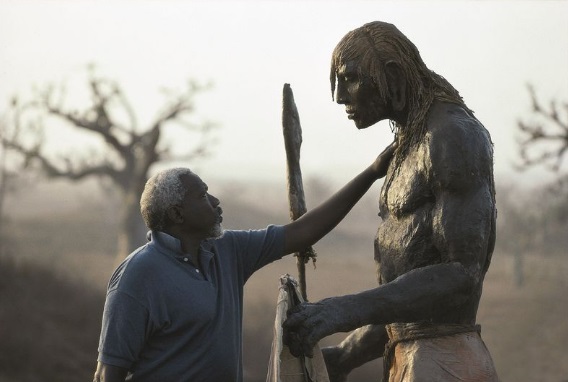
The Senegalese sculptor Ousmane Sow, one of the giants of African art, died Thursday in Dakar aged 81, his family told AFP.
The artist was best known for his monumental sculptures of Nubian wrestlers inspired by the pictures taken in Sudan by the controversial German photographer Leni Riefenstahl.
Sow’s series of striking bronzes of muscular African men — “The Maasai”, “The Zulus” and “The Fulani” — were widely exhibited in France and at the prestigious Documenta festival in Germany and the Venice Biennale.
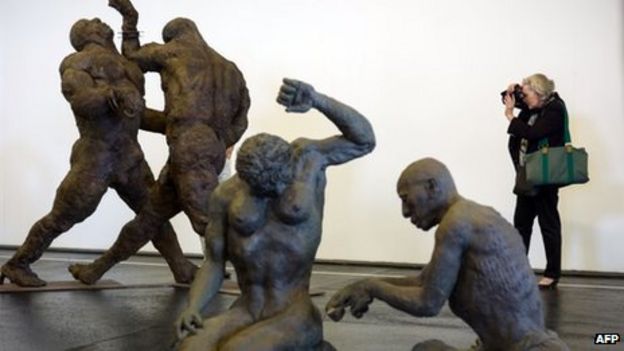
“The fact that his works were shown all over the world proved that he was a giant of culture. It is a real loss,” said Senegal’s Culture Minister Mbagnick Ndiaye.
The former physiotherapist, who was the first African to be admitted to the French Academy of Beaux Arts, only began working seriously when he was 50.
Yet his 1999 retrospective on the Pont des Arts next to the Louvre in Paris attracted an estimated three million visitors.
A part of his dramatic installation on the 1876 Battle of Little Bighorn in which Native Americans led by Crazy Horse defeated General George Custer’s 7th Cavalry, was later shown at the Whitney Museum in New York.
Critics said the key to his success was his intimate knowledge of human anatomy.
“I could be blindfolded and still make a human body from head to toe,” he once said.
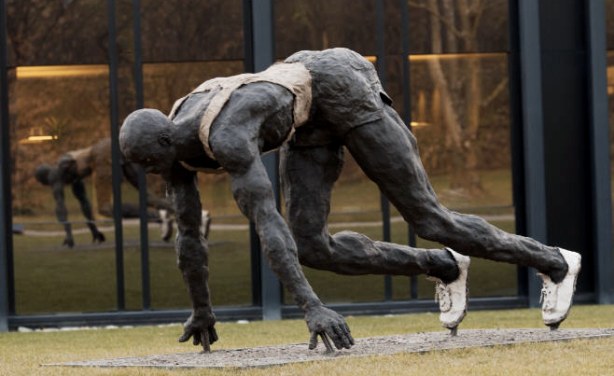
Sow had been ill for some time, a member of his family told AFP. “He has taken with him all the dreams and projects that his body was too tired to finish,” she said.
“He really changed the course of history of contemporary sculpture,” said Francoise Monnin, an art historian in Paris cited by Reuters, who places him among the ranks of the world’s great sculptors such as Auguste Rodin.

“There was a kind of power and humanity in his works,” said Stephane Martin, president of Paris’ Quai Branly Museum, who attended Sow’s first exhibit.
Sow had a popular following in France, but also drew from U.S. culture with a 35-piece representation of the Native American battle of Little Big Horn, part of which was displayed in the Whitney Museum in New York.
“The man was African, but his sculpture was universal,” said Monnin, who knew Sow personally for 20 years. He was still working up until a month before his death, she said.
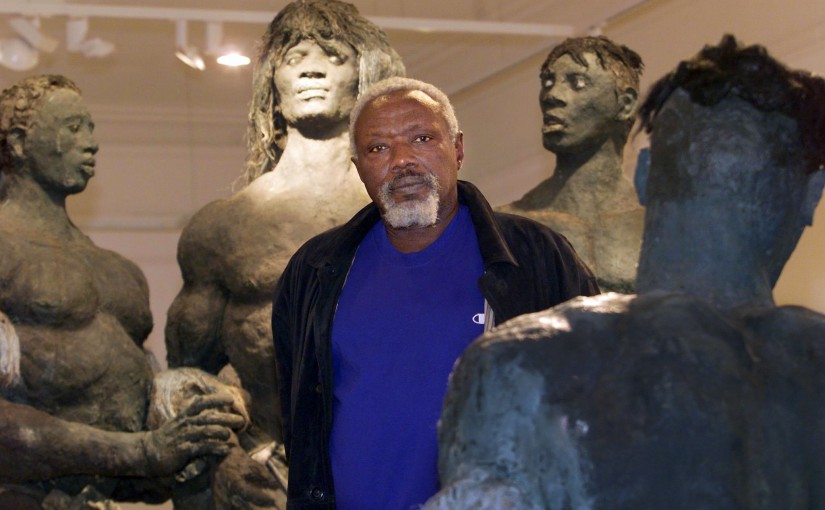


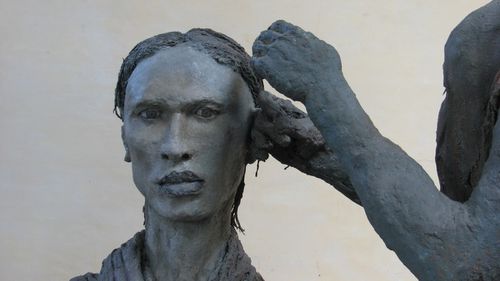





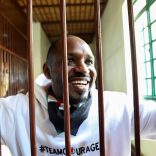




Leave a Reply
Be the First to Comment!
You must be logged in to post a comment.
You must be logged in to post a comment.